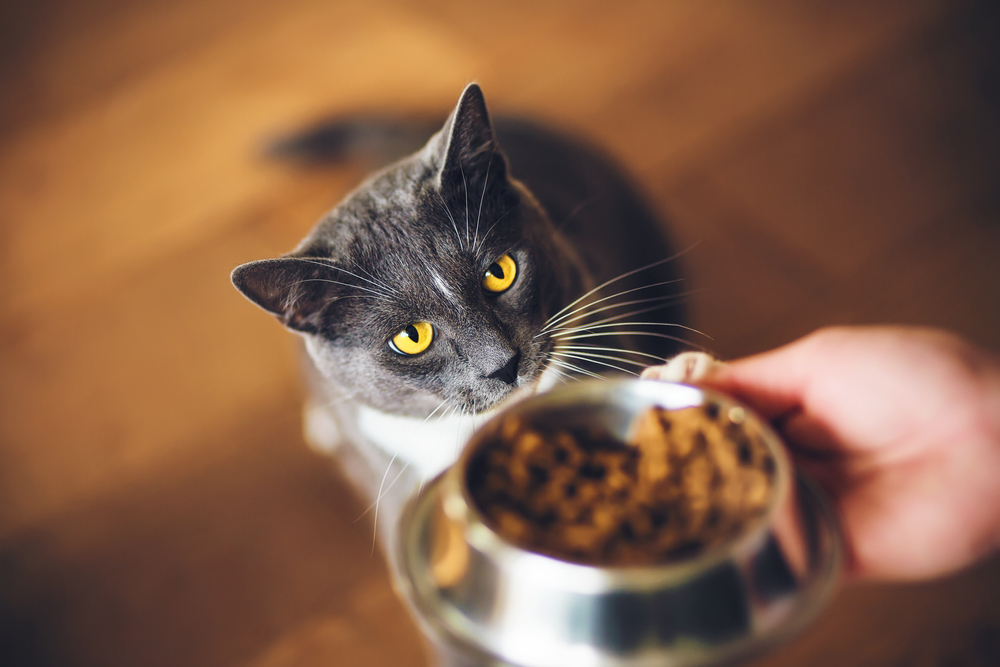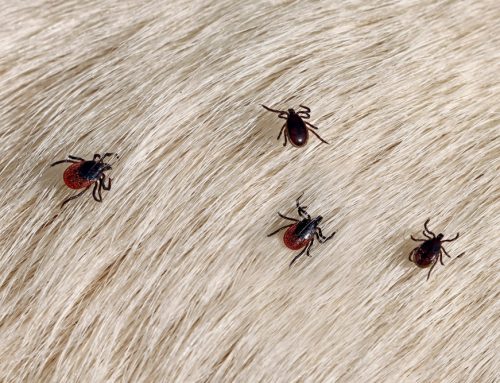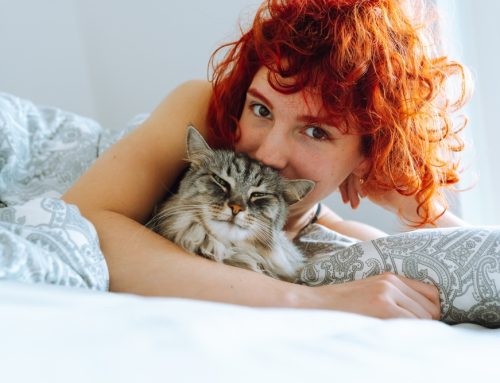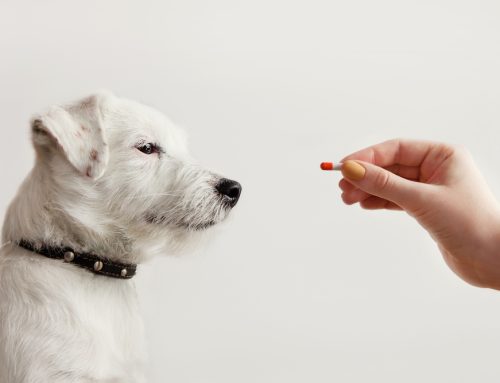Proper nutrition is essential for your pet’s health and well-being, but with so much information available online and in the media, it’s easy to fall prey to common misconceptions about what to feed your four-legged friend. To help clear up the confusion, our Best Friends Veterinary Care team explains the truth about some common myths concerning pet nutrition.
Myth 1: My pet will stop eating when they’re full
Fact: Pets typically aren’t good at self-regulating their food intake, and will usually overeat if offered unrestricted food. To feed your pet the correct amount, consider their weight, body condition score (BCS), activity level, age, breed, and spay or neuter status to calculate their daily caloric requirements and then determine how much food this equates to. In addition, use a kitchen scale or measuring cup to accurately measure your pet’s food to prevent over- or under-feeding. Keep in mind that even one or two extra kibbles can add up to a significant percentage of your pet’s daily caloric intake, especially if they are a cat or small-breed dog.
Myth 2: Grain-free diets are healthier for pets
Fact: While grain-free diets are touted by many pet food companies as healthier than other options, whole grains provide minerals, essential fatty acids, fiber, protein, and vitamins for pets. In addition, grains supply energy, thereby allowing protein to be used to build or maintain muscles and tissue. Another concern for owners of large-breed dogs is the potential link between grain-free diets and dilated cardiomyopathy. Consult with our Best Friends Veterinary Care team before switching your pet to a grain-free diet.
Myth 3: By-products are low-quality pet food ingredients
Fact: A common misconception is that by-products are inferior in nutrition and contain things such as hair, horns, teeth, and feathers. However, a by-product is simply something produced when making something else. For example, when you boil chicken, the resultant chicken broth is a by-product. By-products are a highly digestible nutrient source, which your pet can’t get from eating only muscle meat.
Myth 4: Corn is a filler and causes allergies in pets
Fact: Fillers are ingredients that add no nutritional value. Corn contains valuable nutrients such as antioxidants, vitamins A and B, essential fatty acids, selenium, and zinc. Reputable pet food companies grind and cook corn to break its protective outer layer, allowing pets to easily digest and absorb key nutrients. In addition, food allergies are uncommon in pets, and when they are present, they are typically caused by proteins such as beef, chicken, dairy products, and eggs.
Myth 5: Raw food diets are better for pets than commercial diets

Fact: Many pet owners think raw food diets are better than commercial diets because they more closely resemble what their pet would eat in the wild. However, pets have been domesticated for a long time, and their gastrointestinal tract can’t always easily tolerate raw meats. Other factors to consider include:
- Contamination — Raw food has a higher risk of Salmonella and Campylobacter contamination when compared to commercial diets, and these infections can make your pet extremely sick. In addition, affected pets can pass on the bacteria in their feces, putting vulnerable family members, such as children and elderly individuals, at risk for illness.
- Nutritional balance — Many studies have demonstrated that raw diets aren’t nutritionally balanced, which can lead to issues such as hormone imbalance, weak bones, and other serious conditions.
- Uncooked bones — Bones found in raw diets can fracture your pet’s teeth or cause an intestinal blockage.
The American Veterinary Medical Association (AVMA) and the U.S. Food and Drug Administration (FDA) discourage feeding raw or undercooked animal-sourced protein (e.g., meat, poultry, fish, eggs, milk) to dogs and cats.
If you have questions about what food is best for your pet, consult our Best Friends Veterinary Care team. We can help ensure your four-legged friend eats a balanced diet that meets their nutritional needs.








Leave A Comment